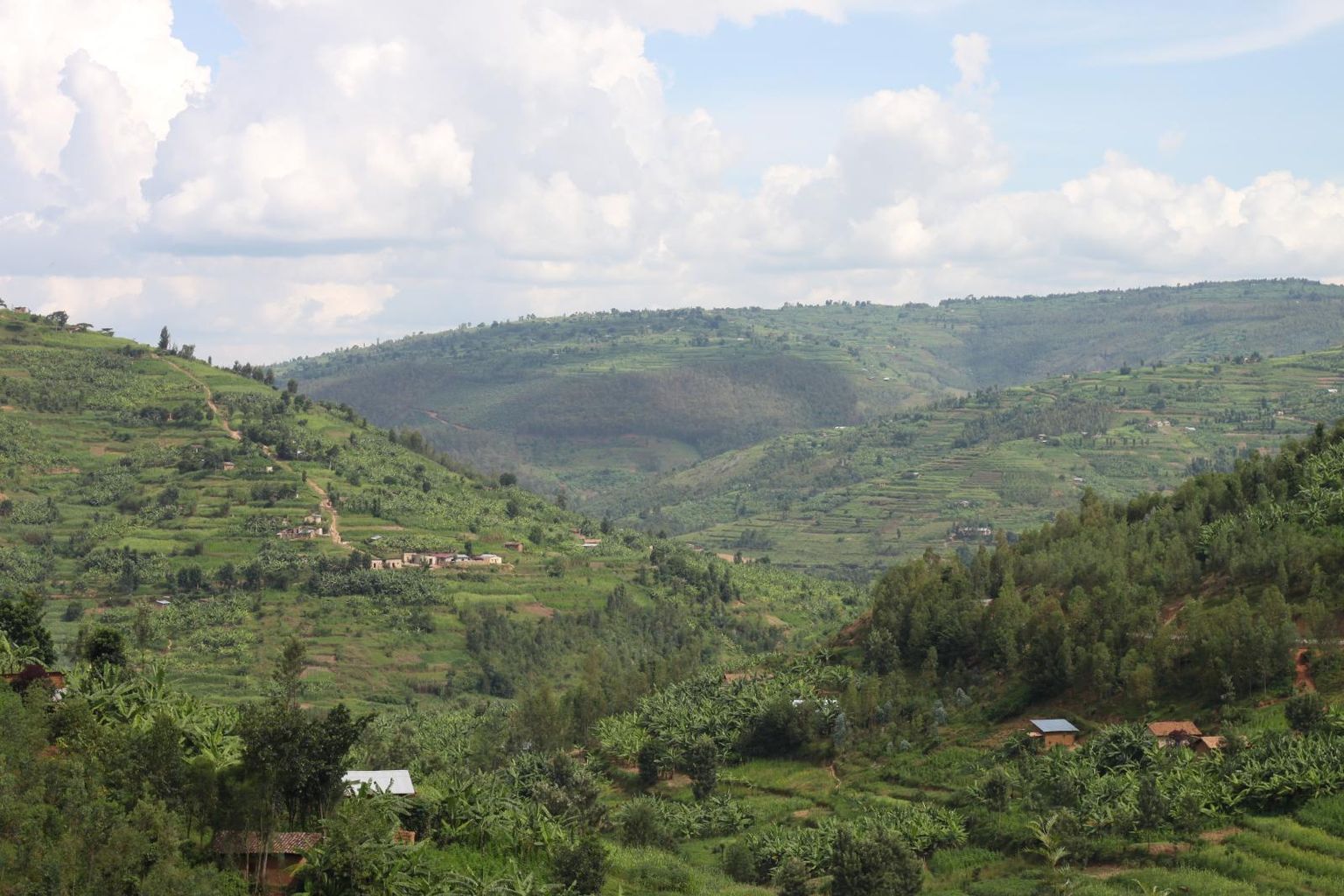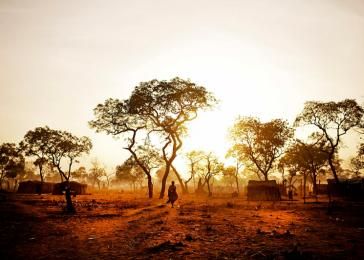This website does not support Internet Explorer, your current browser.
Please view the site with a modern browser such as Google Chrome or Mozilla Firefox.
Prosecutions
Case Illustrations
Prosecutions were used in both Rwanda and Sudan to help prevent or respond to mass atrocities. Read the brief illustrations below to learn how this tool was used in these cases:
Rwanda (1994–2015)

Kigali, Rwanda. April 24, 2016. —Thomas Andersen/Flickr
In April 1994, security forces and paramilitaries associated with Rwanda’s Hutu Power movement killed approximately 800,000 Rwandans, most of whom were Tutsi. In response to the genocide, in November 1994, the UN Security Council (UNSC), with strong support from the Rwandan government, established the International Criminal Tribunal for Rwanda (ICTR). The US government played a leading role in lobbying the international community, drafting the UNSC resolution, and providing financial support for the tribunal’s creation (Kaufman 2009). The court was intended to contribute to the maintenance of peace, ensure that crimes of genocide were halted, deter revenge killings, and lead to a process of national reconciliation (Kaufman 2009; Barria and Roper 2006). Between July 1995 and December 2015, the ICTR prosecuted 93 people for acts of genocide, war crimes, and crimes against humanity and secured 62 convictions (UNIRMCT; Leithead 2015; International Justice Resource Center). Despite the notable improvement in the security situation in Rwanda since 1994, tens of thousands of people have been killed in clashes between Hutu insurgents and Tutsis seeking revenge for the genocide (Barria and Roper 2006), within Rwanda and in the broader region. Efforts by the court to halt revenge killings and contribute to the maintenance of peace appear to have been stymied by its lack of law-enforcement personnel in Rwanda, diminishing its deterrent effect (Barria and Roper 2006).
Sudan (2002–present)

A female refugee from South Kordofan walks through the Yida refugee camp at dawn. —Pete Muller for US Holocaust Memorial Museum
Between July 2002 and 2019, government-sponsored militias known as the Janjaweed killed more than 480,000 Darfuris in the Darfur region of Sudan (ICC; World Without Genocide; Burke 2020). The violence led to the displacement of at least 1.65 million people (ICC; World Without Genocide). In 2005, the UNSC referred the Darfur case to the International Criminal Court (ICC). The United States abstained on the referral and offered to assist the court’s investigation (Felter 2022). The ICC investigation, which opened in June 2005, brought six cases against suspects including Sudanese government officials, President Omar al-Bashir, and Janjaweed leaders (Felter 2022; ICC). It has issued five warrants of arrest for perpetrators, one of whom is in custody, while the other four remain at large, including President al-Bashir (ICC). Despite the ICC investigation, which was coupled with the use of US economic sanctions against key individuals and businesses in Sudan, and the deployment of a hybrid UN-AU peacekeeping force, violence against civilians persisted in the Darfur region for the duration of al-Bashir’s presidency (Rice 2008; Burke 2020). Factors that might have reduced the deterrent effect of these ICC prosecutions include the lack of enforcement mechanisms available to the ICC and the limited state cooperation with the ICC: e.g., al-Bashir was allowed to travel to South Africa to attend an AU summit in spite of the ICC warrant against him (BBC 2015).